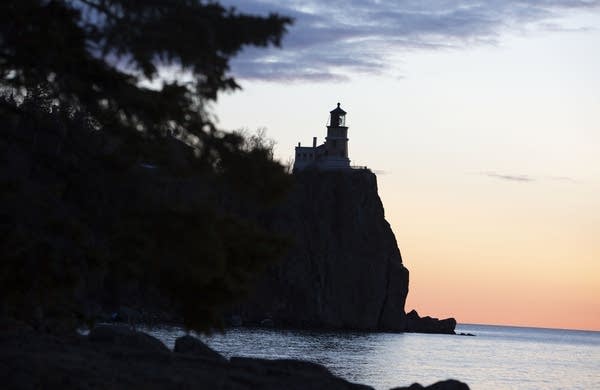Holiday weekend brings streams of visitors to state parks; fire threat rises in NE Minn.

Split Rock Lighthouse sits atop a 160-foot cliff, 40 miles up the shore from Duluth.
Christine T. Nguyen | MPR News
Go Deeper.
Create an account or log in to save stories.
Like this?
Thanks for liking this story! We have added it to a list of your favorite stories.


